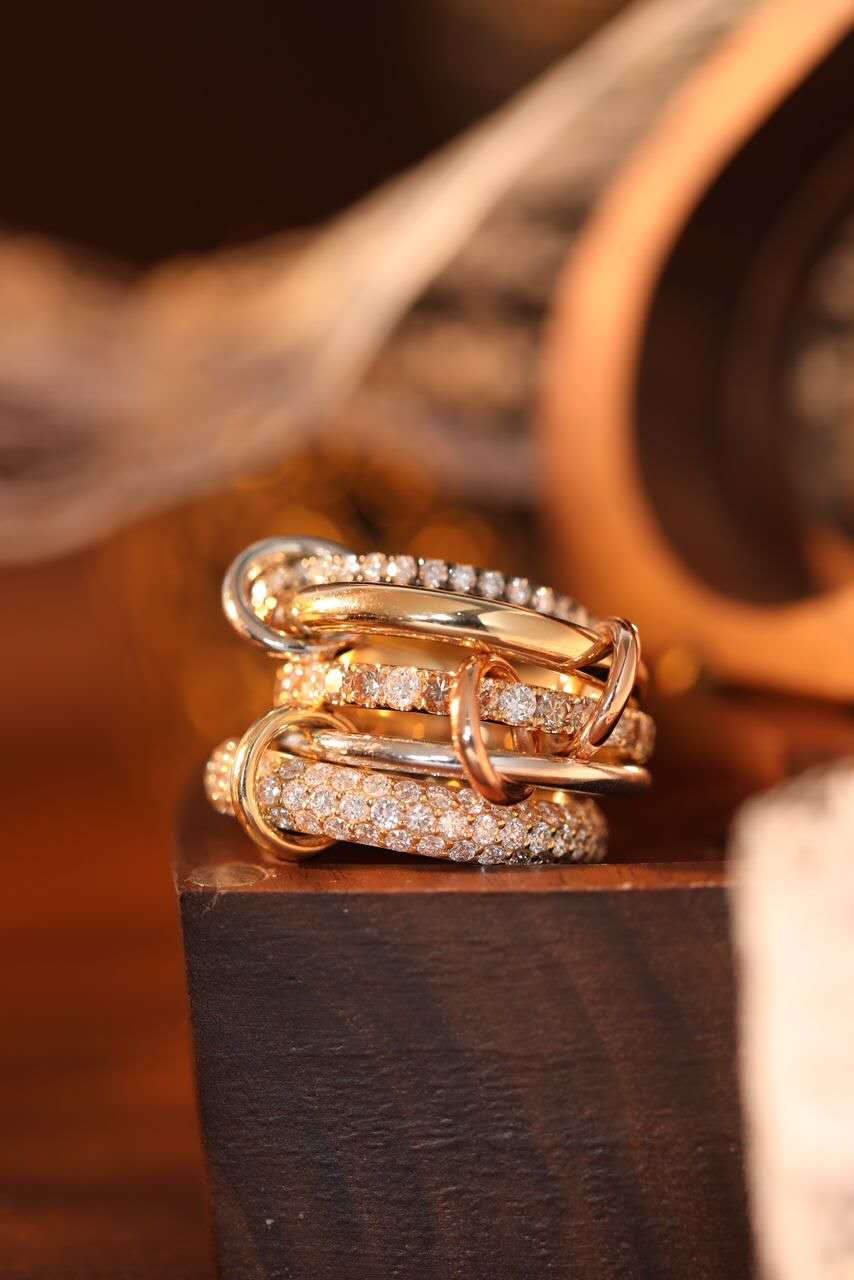Key steps and techniques in the production process of old European cut diamonds
Old European cut diamonds are an ancient and classic diamond cutting method that originated in Europe in the 18th century. Unlike modern diamond cuts, old European cut diamonds use a unique cutting method that gives the diamond a bright yet soft luster. This article will introduce in detail the key steps and techniques in the production process of old European cut diamonds, including preparation, cutting shape selection, original cutting, processing refinement and polishing.

1: Preparation work
Diamond selection and classification: Before making old European cut diamonds, you first need to select a suitable original diamond. The quality and clarity of the diamond are crucial to the final cut result. Diamonds are sorted according to size, shape and quality so that the right stone can be selected for cutting.
Rough diamond planning: After selecting a suitable rough diamond, the next step is rough diamond planning. This includes determining the diamond’s cut shape, size, and proportions, as well as determining whether the cut needs to account for internal flaws or imperfections in the original diamond.
2: Cutting shape selection
Shape Choice: Old European cut diamonds typically come in a round or nearly round shape, but other shapes such as oval or rectangular are also available. The choice of shape will directly affect the final appearance and optical properties of the diamond.
Cut Angle: Old European cut diamonds have a larger cut angle, which helps make the diamond more brilliant. The choice of cutting angle depends on the hardness and refractive index of the diamond, as well as the desired optical effect.
Three: Original cutting
Markings: Before cutting, precise markings are required on the diamond to ensure accuracy and symmetry.
Preliminary cutting: Carry out preliminary cutting based on the results of original stone planning and shape selection. This involves cutting out the diamond's basic shape and outline.
Serrated Cut: To further refine the shape of a diamond, a serrated cut is required, which will allow the edges of the diamond to become smooth and have the desired shape.
Four: Processing and refinement
Setting: After the original cutting is completed, the diamond needs to be set into a metal base for further processing and refinement. The purpose of setting is to protect the diamond and prepare it for final polishing.
Trim and Symmetry: After setting, the diamond needs to be trimmed and symmetry adjusted. This involves trimming the diamond's face and edges to give it more symmetry and overall beauty.
Five: Polishing
Rough Grinding: After finishing the process and refining it, rough grinding is performed to remove blemishes and imperfections on the surface and prepare it for final polishing.
Fine grinding and polishing: After rough grinding, fine grinding and polishing are performed. This is a very time-consuming process that requires the use of different grits of abrasives and polishing materials to gradually refine the diamond's surface, giving it a bright yet soft luster.
Six: Final inspection and evaluation
Final inspection: After polishing, the diamond needs to be inspected for final inspection. This involves checking aspects such as the diamond's size, proportions, symmetry and optical properties to ensure it meets high quality requirements.
Evaluation and certification: Finally, the completed old European cut diamond will be sent to a professional jewelry evaluation agency for certification. This will ensure that the diamond’s quality and value are authoritatively recognized and ready for further sale or collection.
There are several key steps and techniques involved in creating an Old European cut diamond. It starts with preparation work, including rough stone selection and classification, rough stone planning, etc.; then proceeds to steps such as cutting shape selection, original cutting and processing refinement; and finally polishing and final inspection and evaluation. Meticulous operation and expertise in these steps and techniques are essential to obtain high quality old European cut diamonds. Through these steps and techniques, the old European cut diamonds produced will show their unique beauty and optical properties and become highly respected classics in the jewelry industry.
